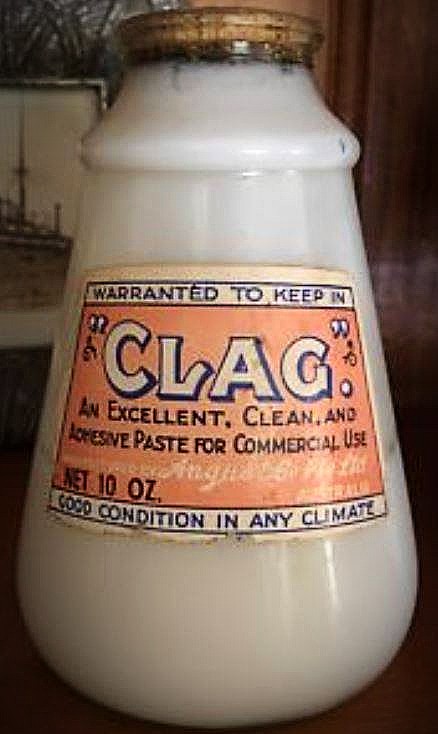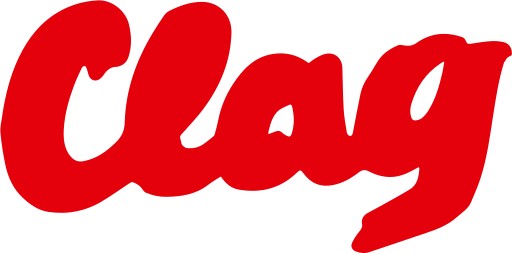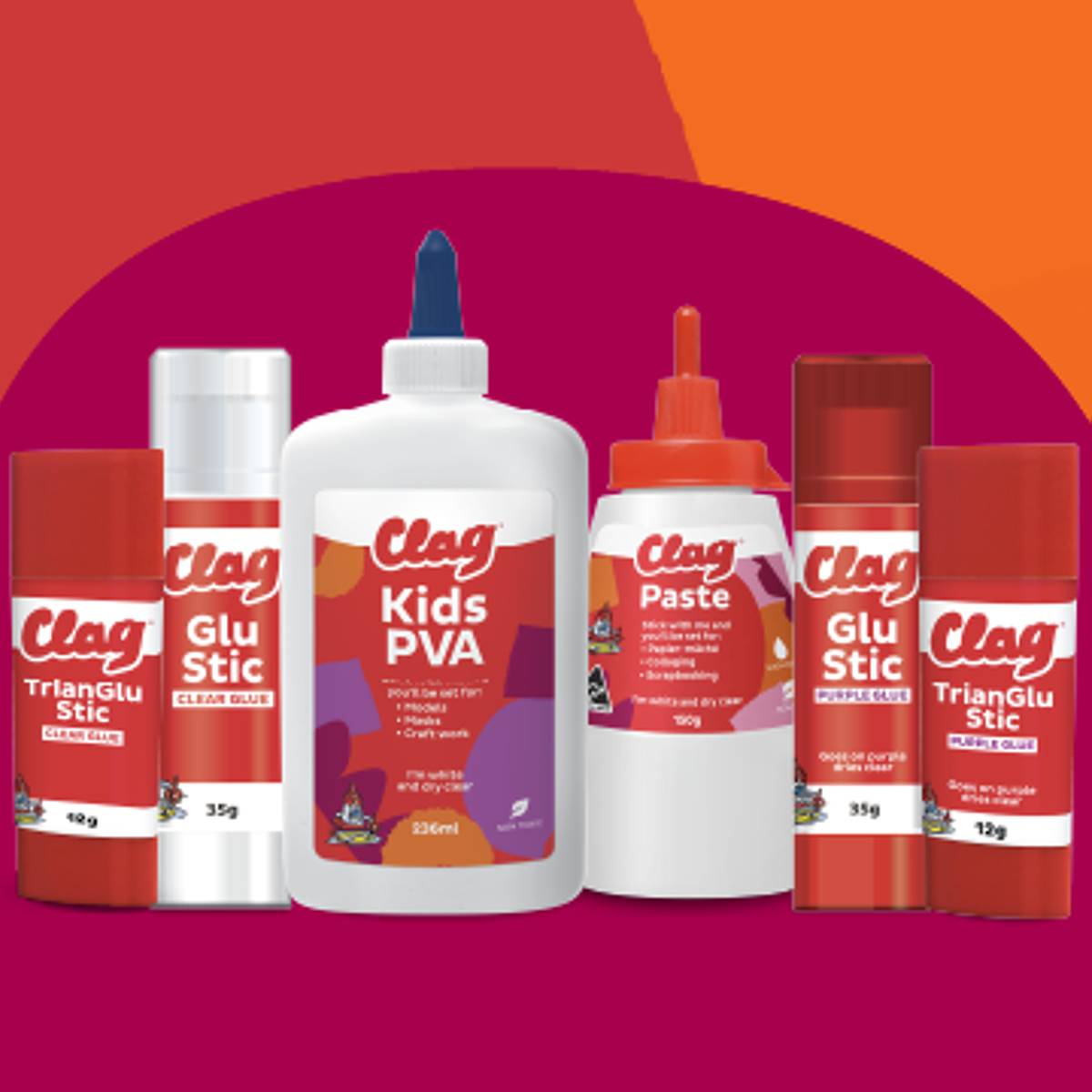The history of Clag glue is a fascinating journey that spans over 120 years.
This iconic Australian brand, first trademarked by Joseph Angus in 1898, has remained a staple in classrooms and households ever since. With its starch-based composition, Clag glue has consistently provided a safe and reliable adhesive for generations of children. This smooth white paste that dries clear has become synonymous with quality and trust.
While Clag glue is primarily known for its educational uses, it has also found its way into unconventional realms. In the 1970s and 1980s, Australian punk rockers embraced Clag glue as a means to create gravity-defying mohawks, using it to stiffen their hair into rock-hard spikes. This unexpected cultural phenomenon showcases the versatility and impact of Clag glue beyond its intended purpose.
As we delve into the history of Clag glue, we will explore its origins, composition, recommended uses, and even its unique place in punk culture. Through an objective and analytical lens, we will uncover the significance of this beloved adhesive and its enduring legacy.
Join us on this well-researched journey through time to discover the captivating history of Clag glue.

Origins and Trademark
Did you know that Clag glue, the famous Australian brand, was first trademarked in 1898 by Joseph Angus of Melbourne?
The trademark history of Clag glue is a testament to its longevity and success. The manufacturing process of the original paste remains a mystery, but it’s believed to have been starch-based, which is still the composition of the product today.
Over the years, Clag glue has gained immense popularity and has been widely used as a general purpose adhesive. Its non-toxic nature and safety for the family have contributed to its consistent sales statistics.
Clag glue is best known as a school glue, but it has also become a key ingredient in slime making. With its smooth white paste that dries clear and easy-to-use brush applicator, Clag glue has been the go-to choice for cut and paste activities, papier mâché, school projects, and paper craft.

Composition and Ingredients
To understand what makes up this adhesive, you’ll find that Clag paste consists of a starch-based formula that hasn’t changed for over 120 years. This composition provides a safe and non-toxic adhesive option for various purposes.
Here are some key points to consider:
- Safety Precautions: Clag paste is non-toxic and safe for use by children, making it an ideal choice for school projects and craft activities.
- Comparison with Other Glues: Clag paste stands out from other glues because of its smooth white consistency that dries clear. It also offers an easy-to-use brush applicator, making it convenient for precise application.
- Environmental Impact: Clag paste doesn’t contain any food ingredients like egg, nuts, or milk, making it suitable for individuals with allergies. Additionally, the paste is made in Australia, reducing carbon emissions from long-distance transportation.
By considering these factors, it’s evident why Clag paste has been a popular choice for adhesive needs for over a century.
Recommended Uses
One popular option for adhesive projects is Clag paste, which is best suited for paper, cardboard, and some fabric, making it perfect for school projects, paper mâché, and paper craft. Clag glue has been widely used for over 120 years and has become a staple in DIY projects and arts and crafts.
Its smooth white paste dries clear, providing a clean and professional finish to your creations. The easy-to-use brush applicator allows for precise and controlled application, ensuring that every project turns out just the way you envisioned.
The non-toxic formula makes it safe for the whole family to use, and it doesn’t contain any food ingredients like eggs, nuts, or milk, making it suitable for those with allergies.
Whether you’re a student working on a school project or a crafting enthusiast, Clag glue is a versatile and reliable adhesive that will help bring your creative ideas to life.
Unconventional Use in Punk Culture
During the Australian punk rock era of the 1970s and 1980s, Clag paste became an unexpected punk fashion accessory, transforming ordinary hair into rock-hard mohawk spikes. This unconventional use of Clag glue quickly gained popularity among punk rockers, who embraced the rebellious and edgy nature of the punk movement.
To achieve the desired punk hairstyles, individuals would follow a specific process using Clag paste:
- Apply Clag paste liberally to damp or dry hair, focusing on the sections to be styled into mohawk spikes.nn2. Use a comb or fingers to shape the hair into desired spikes, ensuring they stand upright.nn3. Allow the Clag paste to dry completely, creating rigid and stiff spikes that defy gravity.nn4. To remove the hardened spikes, individuals would often need to spend at least an hour under a shower, softening the glue enough for easy removal.
This alternative use of Clag glue showcases the innovative and daring nature of punk fashion trends, as individuals sought unconventional methods to express their individuality and challenge societal norms.
Conclusion
In conclusion, the history of Clag glue is a fascinating tale of a long-standing Australian adhesive. From its origins in the late 19th century to its trademarked status, Clag glue has remained true to its starch-based composition.
Its non-toxic and family-friendly nature has made it a staple in schools and homes for over 120 years. While primarily used for paper, cardboard, and fabrics, Clag glue also found an unconventional use in the punk culture of the 1970s and 1980s.
Overall, the well-researched history of Clag glue offers insights into its enduring popularity and diverse applications.

